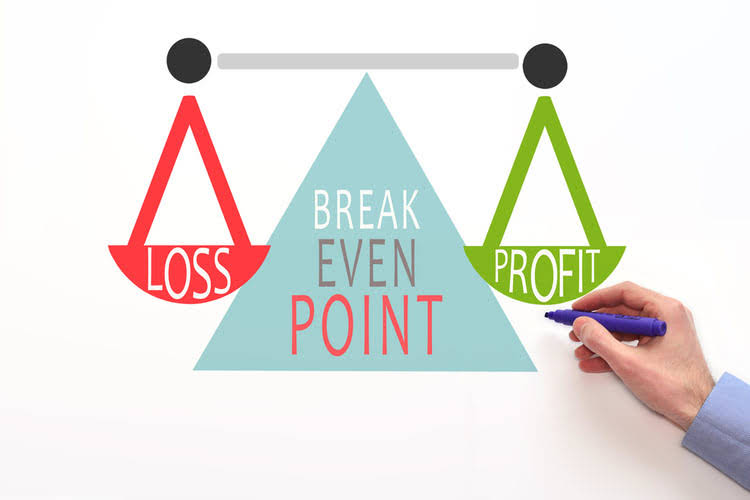
The longer the operating cycle the greater the level of resources ‘tied up’ in working capital. GAAP requires that assets and liabilities must be broken out into current and non-current categories on a balance sheet. This allows the financial statement user to see what assets will be used and what liabilities will come due in the current year or current operating cycle.
Pharmaceutical Company

Get instant access to video lessons taught by experienced investment bankers. Learn financial statement modeling, DCF, M&A, LBO, Comps and Excel shortcuts. For the past 52 years, Harold Averkamp (CPA, MBA) hasworked as an accounting supervisor, manager, consultant, university instructor, and innovator in teaching accounting online. For the past 52 years, Harold Averkamp (CPA, MBA) has worked as an accounting supervisor, manager, consultant, university instructor, and innovator in teaching accounting online. Upgrade to one of our premium templates when needed and take your work to the next level.
What are the implications of a negative operating cycle?
The number of days it takes a company to sell the inventories is called days inventories outstanding. Inventories are predominantly sold on credit which means the company must wait a certain number of days till it receives cash from customers. The time it takes in collecting receivables on average is called the days sales outstanding. The operating cycle, often referred to as the cash conversion cycle, is a fundamental concept in financial management.
Efficient Accounts Receivable Practices
- In this segment, we will summarize the key takeaways and recommendations from our analysis.
- Optimization of production efficiency to meet market demands and maintain quality standards.
- Know where your assets are, and their condition, and have the power to manage them accurately.
- Even with the lower payable days, XYZ Co. managed to complete its cash conversion cycle in 35 days which is 15 days lower than ABC Co.
- You should come up with strategies to collect payments from your customers as soon as you can.
The cash operating cycle (also known as the working capital cycle or the cash conversion cycle) is the number of days between paying suppliers and receiving cash from sales. The 4 main components of working capital management are cash, accounts receivable, accounts payable, and inventory. Out of which, cash, accounts receivable, and inventory are Current assets while accounts payable is a liability. A shorter working capital cycle depicts that the length of time for which a business is out of cash is less. This in turn reflects that the business is able to convert net current assets into a healthy cash flow efficiently. On the other hand, the quick collection may reflect that the accounts receivable of a business are quite less, which may or may not be able to cover the company’s short term liabilities.

If depreciation is excluded from expenses in the operating cycle, the net operating cycle represents ‘cash conversion cycle’. The operating cycle reveals the time that elapses between outlay of cash and inflow of cash. Quicker the operating cycle less amount of investment in working capital is needed and it improves the profitability. The duration of the operating cycle depends on the nature of industry and the efficiency in working capital management.

Therefore, the cash conversion cycle is a cycle where the company purchases inventory, sells the inventory on credit, and collects the accounts receivable and turns them into cash. To illustrate the importance of effective accounts payable management, let’s consider an example. Imagine a manufacturing company that relies on multiple suppliers for raw materials.

BAR CPA Practice Questions: Interpreting Financial Statement Fluctuations and Ratios
- Effective management ensures that resources such as raw materials, labor, and capital are utilized optimally.
- If the income summary balance does not match the net income/loss reported on the income statement, the revenues and/or expenses were not closed correctly.
- A shorter cycle indicates quick conversion of inventory into sales and then into cash, suggesting operational efficiency and strong liquidity.
- This is useful in estimating the Cash cycle in a working capital requirement for maintaining or growing an organization’s operations.
- By closely monitoring sales trends and utilizing accurate demand forecasting, you can align your inventory levels more precisely with customer needs.
- At the end of an accounting period, before financial statements can be prepared, the accounts must be reviewed for potential adjustments.
However, for simplicity of demonstrations in this chapter, we will round to the nearest whole dollar. After posting the adjustment, the $100 remaining balance in unearned repair revenue ($400 – $300) represents the amount at the end of January that will be earned in the future. LO1 – Explain how the timeliness, matching, and recognition GAAP require the recording of adjusting entries. The Business Model Canvas (BMC) is a strategic management tool that allows companies to develop and… It allows companies to meet their obligations without stress and supports overall business success. Hitesh Bhasin is the Founder of retained earnings Marketing91 and has over a decade of experience in the marketing field.
In fact, CFO’s nearly unanimously agree that their accounts receivable teams would be more productive if they could work more collaboratively with customers’ accounts payable teams. In simple words, the operating cycle of a product is the time taken by it to get sold and generate cash right from the acquisition of the raw materials to finished goods. To make a long story short, DSO tells you how many days after the sale it takes people to pay you on average. You want to get paid operating cycle by your customers quickly, so a lower number is better but as always this needs to be taken in context. You don’t want to make your customers pay so quickly that they buy from someone else with less aggressive collection policies.
- Excess inventory ties up cash, while insufficient stock can lead to lost sales and delays.
- It is important to keep the operating cycle as short as possible in business to meet the cash requirements of a business.
- When a company takes too long to collect its accounts receivable, has too much inventory, or pays its expenses too quickly, it lengthens the CCC.
- Suppose ABC Company manufacturers soap, and it is kept in warehouses for ten days.
- The longer the operating cycle, the more cash is tied up in operations (i.e. working capital needs), which directly lowers a company’s free cash flow (FCF).

Therefore, we normally calculate the net operating cycle by subtracting the payable days from the operating cycle. Accounts Payable Management Conceptually, the operating cycle measures the time it takes a company to purchase inventory, sell the finished inventory, and collect cash from customers who paid on credit. Days Sales Outstanding (DSO) measures the average number of days it takes for your company to collect payments from customers after making a sale. A lower DSO indicates that you are collecting payments promptly, which positively impacts cash flow and liquidity. Normal operating cycles are the usual time it takes for a business to turn inventory into cash.